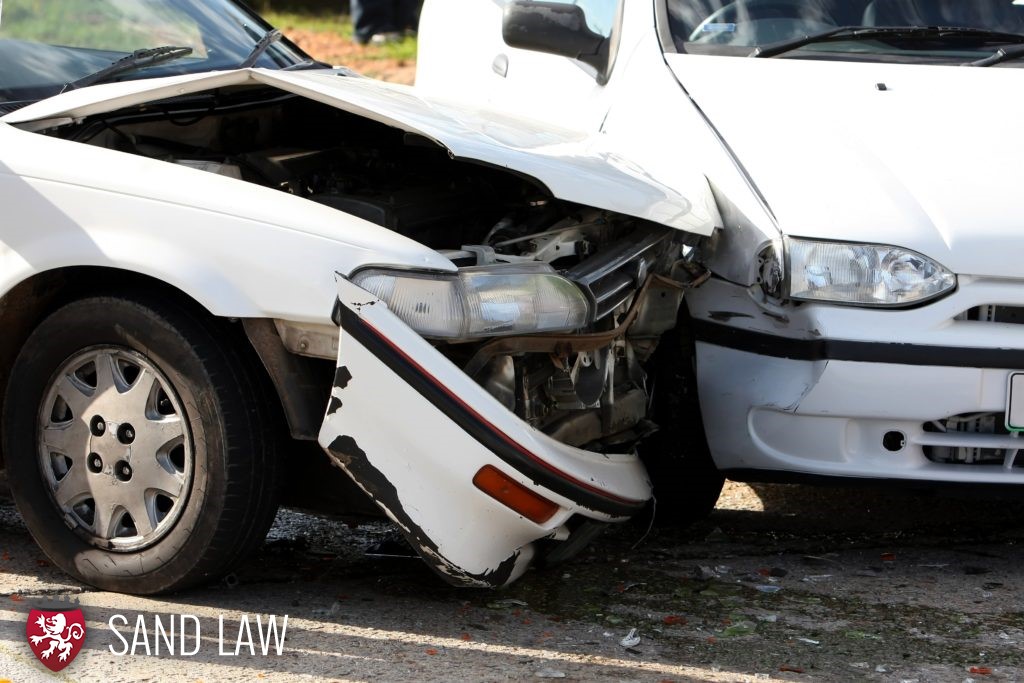Being in an auto accident is traumatic. It becomes a bigger problem if the person who hit you does not have insurance. All states require some form of valid insurance with minimum liability coverage by law. In Minnesota, that minimum coverage is $30,000 for bodily injuries of one person and $60,000 for two or more people.
Although all motorists in the country are supposed to be insured, recent studies show that 13% of drivers in the United States do not have insurance. In Minnesota, the percentage of uninsured motorists is slightly lower at 11.5%. If you are struck by one of those uninsured motorists, you will likely have to rely solely on your own insurance for compensation.
Understanding Minnesota’s Auto Insurance Policies: Uninsured Motorist Coverage
When an uninsured motorist is at fault, the injured party has two options to pursue monetary compensation. As an accident victim, your first option is to sue the uninsured motorist.
Most motorists are uninsured because they can’t afford the insurance premium. If that is the case, it is unlikely that the victim can pay any damages. Even if the victim gets a judgment against the uninsured motorist, enforcing the judgment may be close to impossible.
The second option is to seek compensation from the uninsured motorist coverage in your own policy.
What is Uninsured Motorist Coverage?
Uninsured motorist coverage helps to cover expenses if a driver without insurance hits your car. Under Minnesota law, uninsured motorist coverage is a mandatory add-on to an auto insurance policy. What that means is that you will pay an additional premium on top of your liability coverage.
Determining If An At-fault Driver Is Uninsured
If you are in an accident, call the police. When you speak to the other motorist, ask to see a driver’s license, registration, and insurance.
Drivers may directly share that they are uninsured, but some may be reluctant since driving without insurance can result in jail time. Unfortunately, some drivers may try to get away with giving you inaccurate contact information or false insurance details.
Having a police officer present for this exchange could help you to get correct information. It is also helpful to have a police report for documentation. Since police officers are not always readily available, it can help to take a picture of or jot down a license plate number to track down the other driver if that person happens to give you bad information and leaves.
Underinsured Versus Uninsured Coverage
Uninsured motorist coverage provides compensation to affected drivers and passengers when the at-fault party does not have any coverage.
Motorists are considered underinsured when they have insurance coverage but that coverage is not enough to cover all of the expenses after accidents they have caused. Underinsured coverage comes from the accident victim’s insurance company. It takes care of the additional costs.
What Damages Does Uninsured Insurance Cover?
Minnesota is a no-fault state. This means that in the case of an accident, your own personal injury protection coverage in your auto insurance policy will pay for your expenses that stem from injuries. In especially damaging accidents, this personal injury coverage may become maxed out quickly.
To get further compensation, you have a right to file a liability claim against the other motorist for damages under the liability clause in his or her auto insurance policy. Liability claims can be filed when accident-related medical expenses exceed $4,000 or if you sustain a permanent injury, become permanently disfigured, or have 60 or more days of disability.
When the other person is uninsured, you will need a resource for covering additional expenses. This is why Minnesota law requires all insurance policies to have uninsured motorist protection. With this add-on coverage, you can make a claim with your own insurance company.
Uninsured motorist add-ons cover the same expenses that the at-fault driver’s auto insurance would be responsible for. Some of the common costs are medical expenses, costs of funerals, lost income, wages lost because of reduced earning ability, and replacement services for tasks the injured parties are no longer able to do.
On average, 682,000 hit and run crashes occur every year. If you are a victim in one of these accidents, you can file a personal injury claim under your uninsured motorist coverage.
I’m Worried The Driver Who Hit Me Doesn’t Have Insurance. Now What?
If you have been injured in an auto accident and you are uncertain about the other party’s coverage, be cautious while communicating with your insurance company. It is in the company’s financial interest to deny uninsured motorist claims, so you want to be clear when you are not at fault. Even when your accident with an uninsured driver is partially your fault, you may still have a partial claim.
Speaking with a personal injury lawyer can help you to avoid common pitfalls that come with uninsured motorist accidents. Sand Law offers free, no-pressure consultations. Our dedicated legal experts will carefully evaluate your claim and help you decide how to move forward. Contact us online or at 651-291-7263.
St. Paul Motor Vehicle Accidents
Have you or a loved one been injured in a motor vehicle accident? Our St Paul motor vehicle accident attorneys can help.

